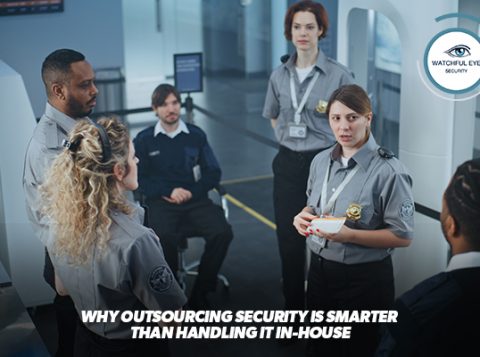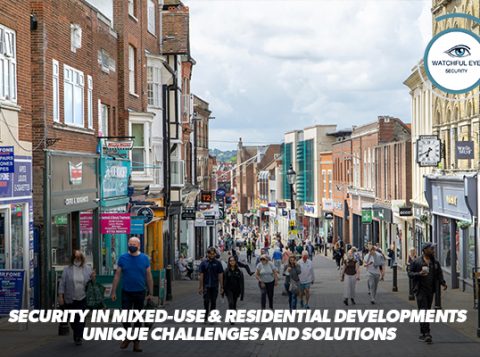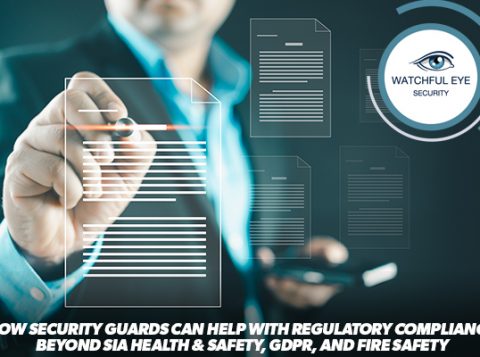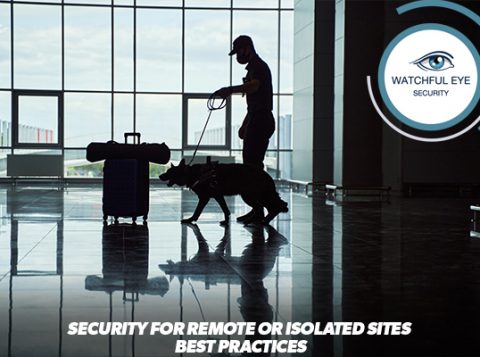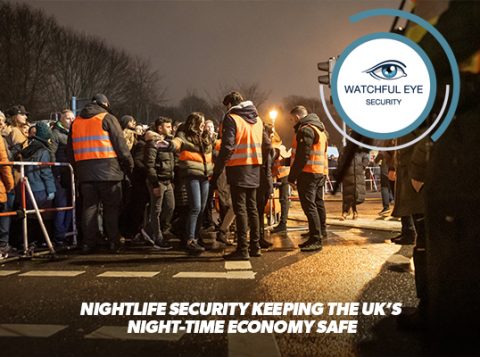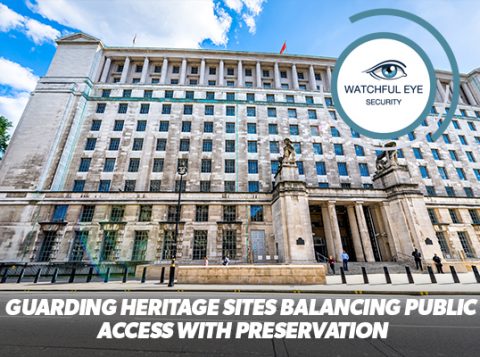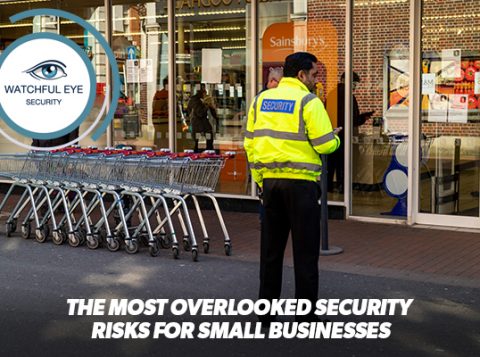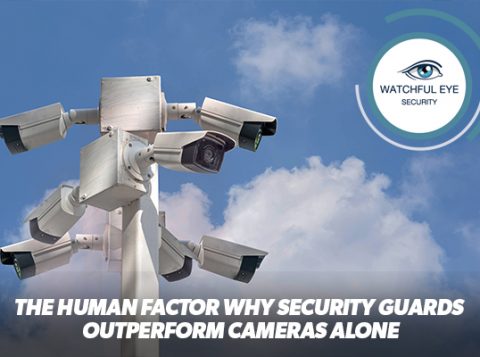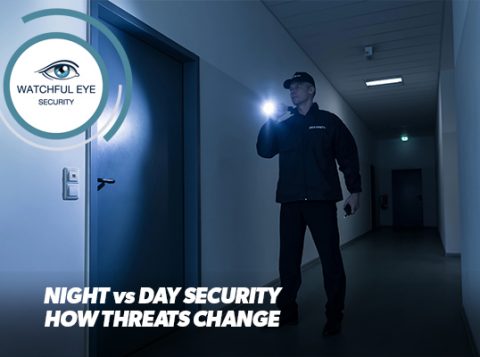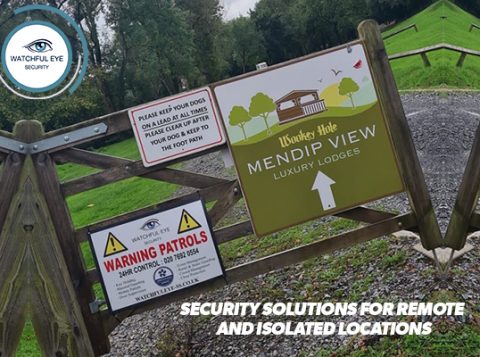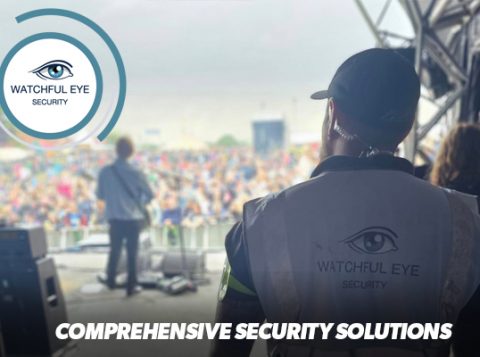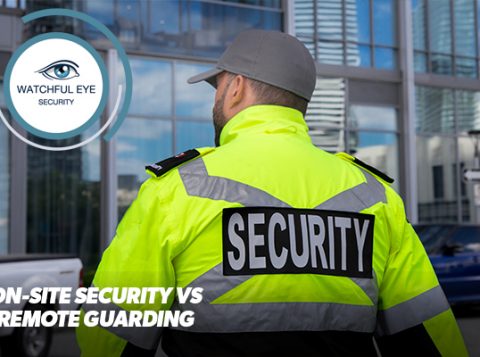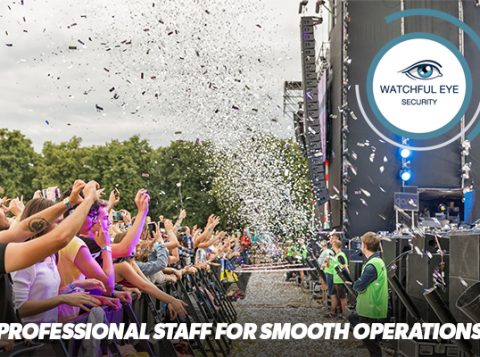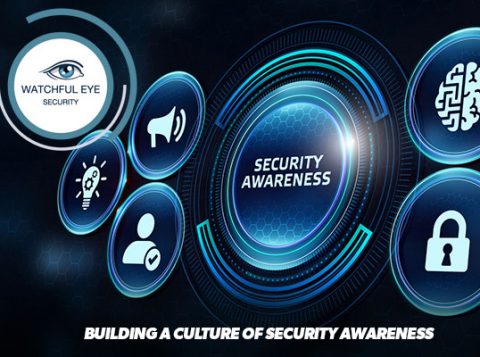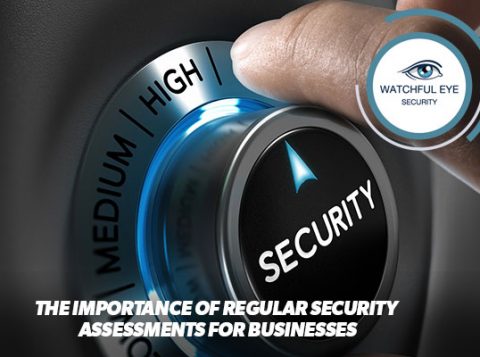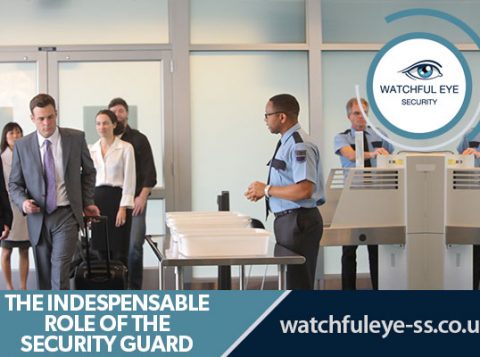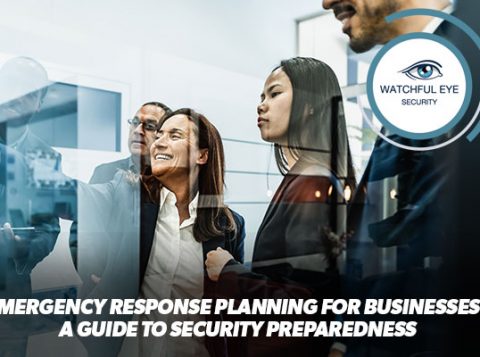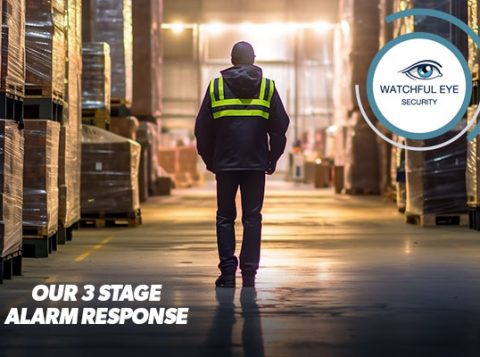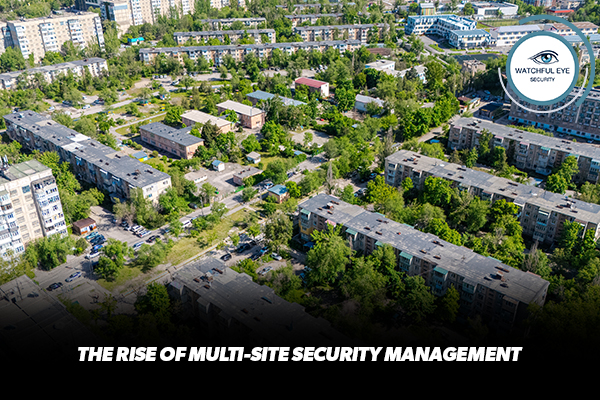
The Rise of Multi-Site Security Management
The Rise of Multi-Site Security Management
As businesses expand and organisations grow, the complexity of safeguarding assets, staff, and information has increased dramatically. For companies operating across multiple locations, traditional security approaches are no longer sufficient. This is where multi-site security management has emerged as a critical strategy, enabling organisations to maintain consistent safety standards, streamline operations, and respond effectively to risks across all sites.
Why Multi-Site Security Management Matters
The modern business environment is increasingly interconnected, with facilities often spread across cities, regions, or even countries. Each location has its unique challenges, from physical vulnerabilities to local regulations and environmental risks. Managing these sites independently can lead to inconsistencies, gaps in protection, and inefficiencies in response. Multi-site security management addresses these issues by providing a coordinated approach, ensuring that policies, procedures, and technology are standardised across all locations.
Beyond safeguarding property and personnel, multi-site security management plays a key role in maintaining brand reputation and operational continuity. A security breach at one location can have far-reaching consequences, affecting customer trust, financial performance, and regulatory compliance. By implementing centralised monitoring and oversight, organisations can identify risks early and respond swiftly, reducing the likelihood of incidents escalating into major problems.
Technology as a Driving Force
Technology has been a major enabler of multi-site security management. Integrated systems allow security teams to monitor CCTV, access control, alarms, and other critical functions from a central hub. Cloud-based platforms and real-time analytics provide visibility across all sites, making it easier to spot patterns, track incidents, and deploy resources where they are needed most.
Automation and artificial intelligence are also transforming how multi-site security is managed. Predictive analytics can anticipate potential risks, while smart access control systems ensure that only authorised personnel can enter sensitive areas. These innovations not only enhance security but also improve efficiency, allowing smaller teams to manage larger networks of sites effectively.
Challenges and Considerations
Despite its benefits, multi-site security management comes with its own set of challenges. Consistency is key, but achieving it across different locations with varying layouts, staffing, and local regulations can be difficult. Staff training, clear communication, and standardised procedures are essential to ensure that all teams operate under the same security framework.
Another consideration is balancing security with convenience. Employees, visitors, and contractors need to access multiple sites easily without compromising safety. A well-designed multi-site strategy incorporates user-friendly technology and protocols that protect assets while maintaining smooth day-to-day operations.
The Future of Multi-Site Security
As organisations continue to expand and threats evolve, multi-site security management will only become more important. Businesses are increasingly recognising the value of centralised oversight combined with local adaptability. Advanced technology, data-driven decision-making, and skilled personnel will continue to shape the way security is delivered across multiple locations.
Ultimately, multi-site security management is not just about protecting property—it’s about enabling businesses to operate with confidence. By standardising procedures, leveraging technology, and fostering communication across all locations, organisations can mitigate risks, safeguard assets, and maintain operational resilience, no matter how many sites they manage.



